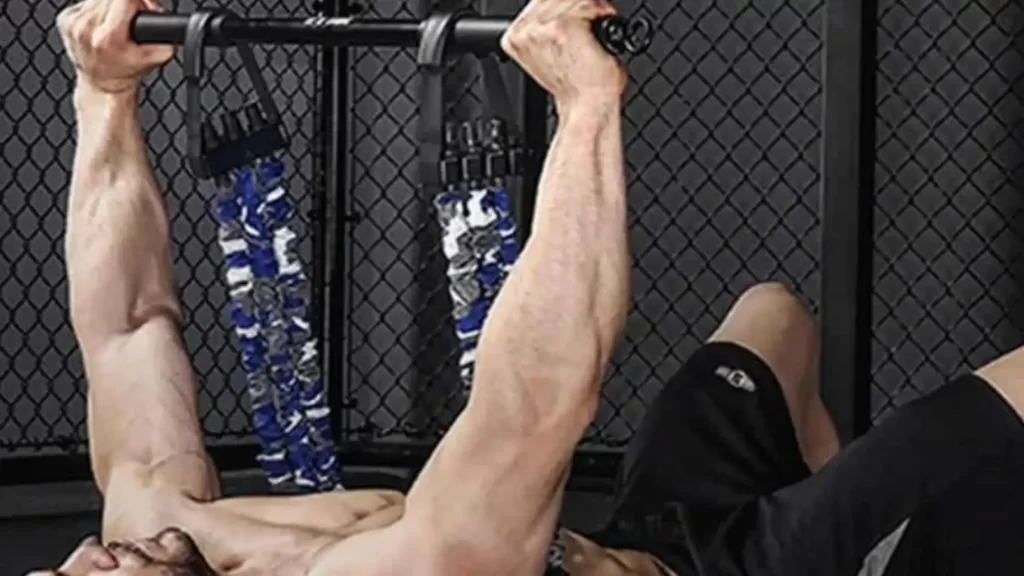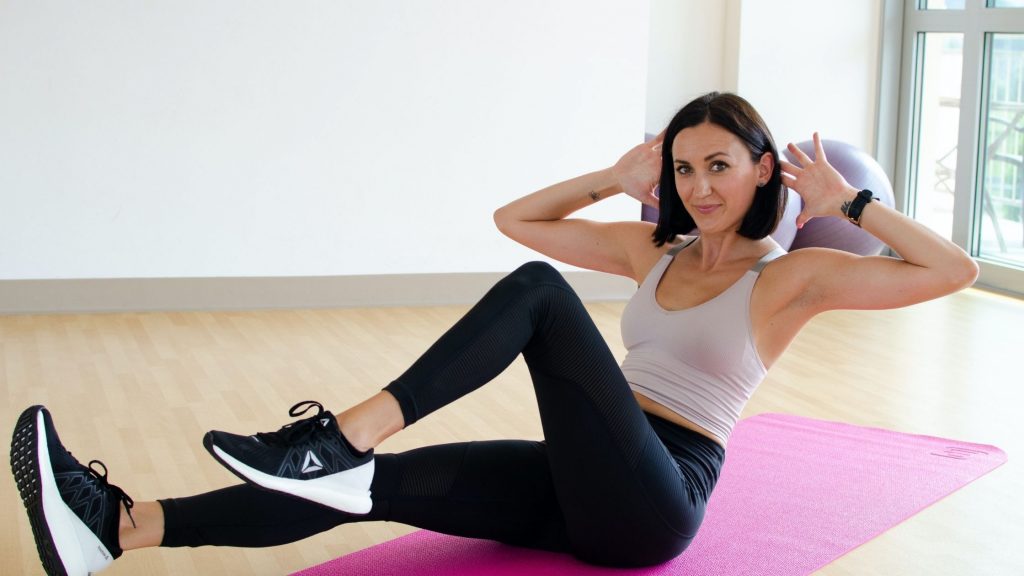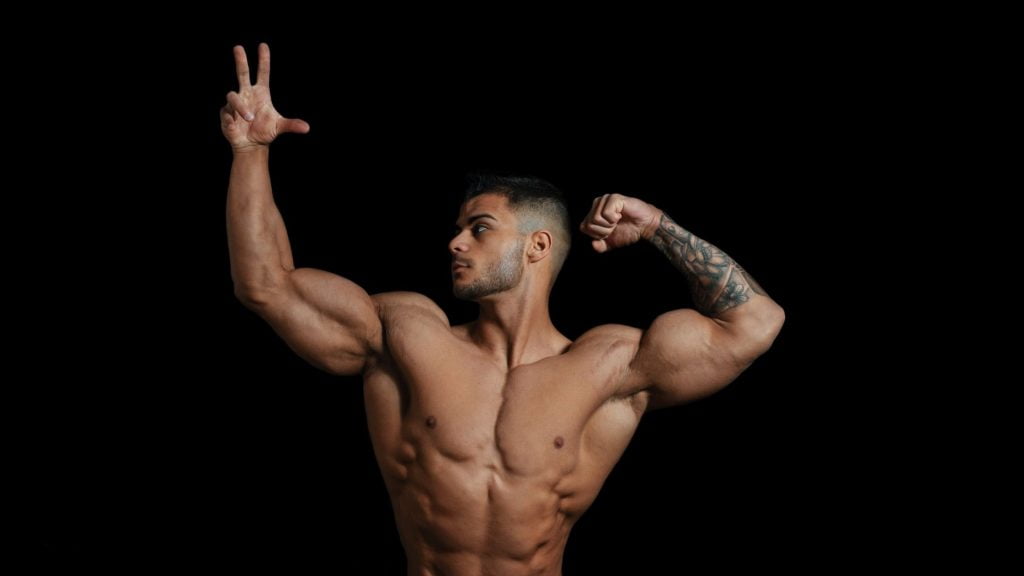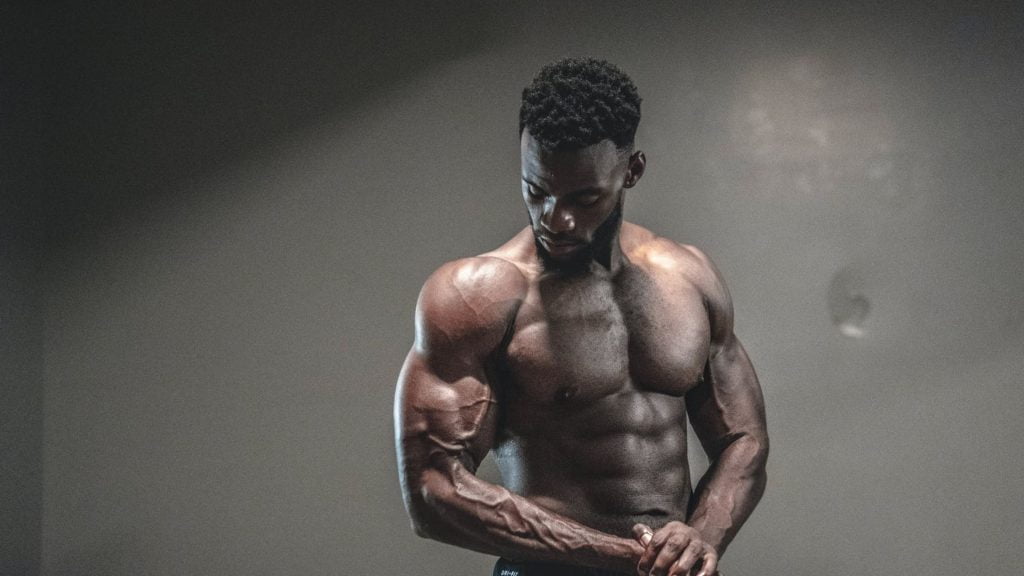Drag Curls Exercise are full body workouts. A curl is a curl; no matter how it’s done, most people would agree. This is, for the most part, correct. There are, however, some adjustments that can help you maximize your efforts and ensure that you are doing everything possible to promote arm muscle growth. Drag Curls Exercise is one of the variants we’re talking about since you can use them to overload the biceps in various ways. For one thing, you eliminate a lot of shoulder movement, ensuring that the weight is concentrated on the biceps. Second, after you’ve hit failure, you can do a variation that lets you pull additional weight and complete your set.
As a result, you’ll be less likely to miss out on opportunities. Furthermore, there are various ways you can use, all of which will make your training more enjoyable.
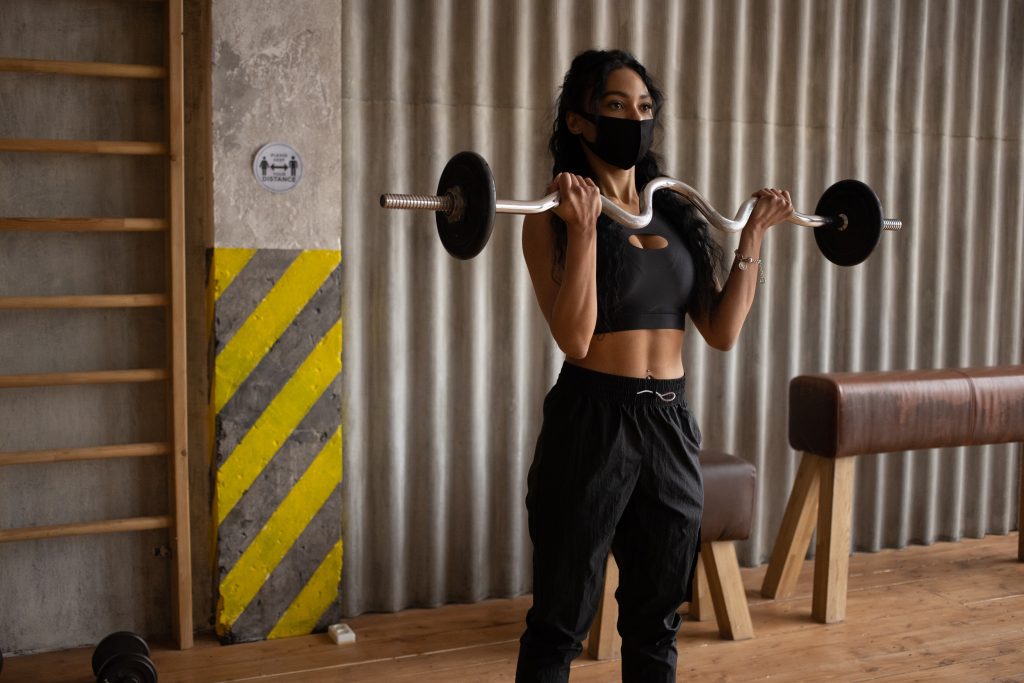
IN THIS ARTICLE
What Do Drag Curls Exercise Work?
Biceps
The biceps, a two-headed (long and short head) muscle on the front of the upper arm, is the primary target of drag curls. Both heads work together to lift the forearm, and because the long (outer) head crosses the joint, it plays a modest role in shoulder function.
Biceps are maybe the most well-known display muscle of all time, and almost everyone is familiar with them.
Forearms
Curls work the forearm muscles in different ways. The elbow, forearms, and hand digits are controlled by these muscles, which run from the elbow to the wrist. The radius (thumb side) and ulna (pinky side) bones of the forearms also supinate and pronate.
The brachioradialis muscle, which runs through the elbow joint, also aids in forearm flexion at the elbow joint. This muscle contributes to the aesthetics of the anterior arm when it is fully developed. During elbow flexion with pronated hands, this muscle has a biomechanical advantage over the biceps (overhand grip).
Brachialis
In the absence of supination, the brachialis is the most powerful elbow flexor. It originates from the distal anterior humerus and inserts onto the ulnar tuberosity, deep within the biceps.
It helps to drive the biceps out while adding a little width to the upper arm when completely matured. Hammer curls, reverse curls, and other exercises that target the brachialis are the most beneficial. This muscle, however, is still worked with any curl variation.
How To Do Drag Curls Exercise ?
It’s critical to perform drag curls correctly if you want to get the most out of them. It isn’t, however, a difficult maneuver by any means.
Here’s a step-by-step for how to do the basic drag curls…
- Grip the barbell with your hands shoulder-width apart and stand straight with your shoulders back and your gaze straight ahead. Your upper thighs should be supported by the bar.
- Curl the bar up to your body, elbows back, so the bar is in touch with your front side.
- Slowly lower the bar back down, keeping it in contact with your front side the entire time.
Tip: If you’re doing a heavy, basic standing curl, use less weight. The tempo can also be the same, albeit you can go a little slower on your reps to really focus on the contraction.
Here’s another way to practice Drag Curls Exercise that will let you overload your biceps with even more weight. We also emphasized at the outset that this variation allows you to complete your set even if you’ve reached failure with any bicep exercise.
- Bend your knees slightly and tilt forward at the hips from the same starting posture. The bar should be brought closer to your knees as you drop your thigh.
- Drag the bar up to your tummy, but not higher, using your biceps.
3 Effective Drag Curls Exercise Variations
There are a few different ways to apply drag curls that will give you some incredible results.
Dumbbell Drag Curls Exercise
Dumbbells are usually an excellent tool to use when it comes to muscle growth. When compared to a barbell, they offer a wider range of motion, and you may find and correct any left-to-right imbalances by doing a few more reps on one side.
One of the most significant advantages of using dumbbells is that you may perform incline Drag Curls Exercise and even incline bench curls, accentuating the long head and allowing additional biceps flexibility. You can also use a fixed barbell in the seated position, albeit your range of motion will be limited, with benefits like allowing you to train heavier.
How to do it
- Pull the dumbbell straight up to your shoulder while seated.
- You can also perform this while standing with a bar in your hand. Drag it up the front of your body, fully bending your elbows.
- As you lift the bar, pull your arms back to keep it in touch with your body. Don’t try if you’re carrying a lot of weight.
Rep: 15-20 reps
Sets: 3-5 sets
Cable Drag Curls Exercise
Cables are an excellent alternative to dumbbells and barbells, and you can also load this variation somewhat hard. You can also lean back slightly if necessary, thanks to the cables. In addition, you have a variety of handle and attachment options.
How to do it
- Begin by standing straight in front of a low pulley cable machine with a straight bar attached, arms at your sides, and feet flat on the floor.
- Grab the bar with an underhand grip, then slowly raise it towards your shoulders, isolating the bicep, and hold for a count while keeping the bar as close to your body as possible.
- Return to your original starting position.
Reps and Sets: Repeat for as many reps and sets as desired.
Reverse or Hammer-Grip Drag Curls Exercise
The brachioradialis/brachialis muscles are best activated and developed when using a reverse or hammer grip. To retain a strong, neutral wrist and avoid discomfort or wrist strain, you’ll need to utilize smaller weights for reverse curl variations.
How to do it
- Exhale and lift the weights toward your shoulders by bending your elbows.
- Lift the weights until your biceps are fully contracted.
- Slowly and steadily lower the weights to the beginning position, breathing as you go.
Rep: 15-20 reps
Sets: 3-5 sets
How To Include Drag Curls Exercise In Your Training Regime?
This can be accomplished in variety of ways.
Standalone
Drag Curls Exercise can be done as a stand-alone workout, just like any other exercise in your routine. So, if you’re working on your biceps, your workout can look like this…
- Drag curls 3 sets of 10 – 12 repetitions
- Incline curls 8 – 10 reps in 3 sets
- 3 sets of 10 – 12 reps hammer curls
Mechanical drop set
You could also do a mechanical drop set, which is a great way to include it in your workout. So, for example, you might start with basic cheat curls and then progress to Drag Curls Exercise until you achieve failure.
Finisher
You could also do a mechanical drop set, which is a great way to include it in your workout. So, for example, you might start with basic cheat curls and then progress to Drag Curls Exercise until you achieve failure.
FAQs
Are drag curls good for mass?
The little things in life can sometimes lead to enormous rewards. A good example is the drag curl. The range of motion is limited, and the weight required is likely less than you’re used to, but the final consequence is increased bulk.
Are drag curls better than regular curls?
The drag curl keeps your front deltoids out of the movement, putting the tension where it belongs: on your biceps. Between sets, cool down your muscles to help you get more work done. The barbell drag curl is a highly effective bicep workout that is less common than the regular barbell bicep curl. The barbell drag curl is for you to increase the size, strength, and look of your arms.
Barbell Drag Curls Benefits
1. Strength And Size Gains
The barbell drag curl is a biceps exercise that requires a lot of effort.
Your biceps are optimally targeted at the peak of each rep, which helps to strengthen the biceps muscle and enhance biceps hypertrophy.
Biceps muscular development isn’t just for show; it also helps you perform better in other gym exercises like the barbell row and the lat pulldown.
2. Reduced Risk Of Injury
During regular bicep curls, many people experience shoulder soreness or instability. Because the front deltoids activate to give stability during the normal curling motion, this happens.
No substantial deltoid activation is required with the barbell drag curl. As a result, you may still build bigger, stronger biceps without risking shoulder injury.
3. Improved Aesthetics
Let’s face it; almost everyone desires better-looking arms. The barbell drag curl can help you create bigger, more toned, or more defined biceps, depending on your goals.
This workout is simple to learn and can significantly improve the appearance of your arms in a short period of time.
Wrapping Up
Drag Curls Exercise are a must-have in your biceps training regime. We’re confident you’ll make greater progress if you utilize them on a daily basis, and feel free to experiment with the different versions to spice things up even more. Basic bicep curls are fantastic, but there are times when we need to adopt more advanced techniques to get the most out of our efforts.




